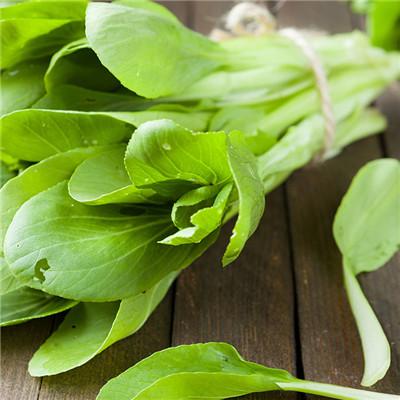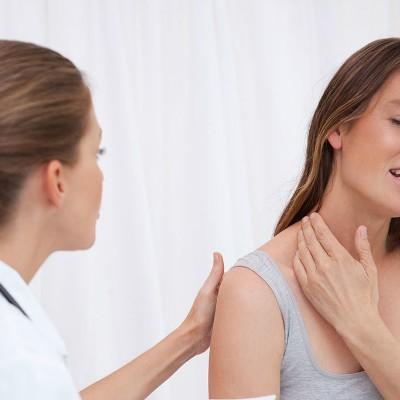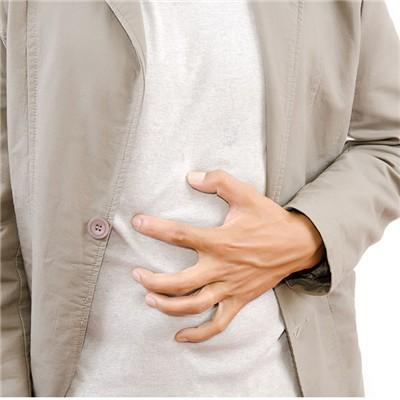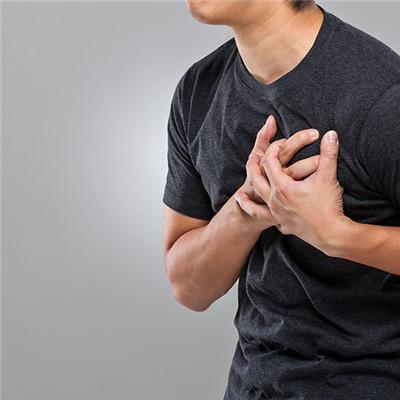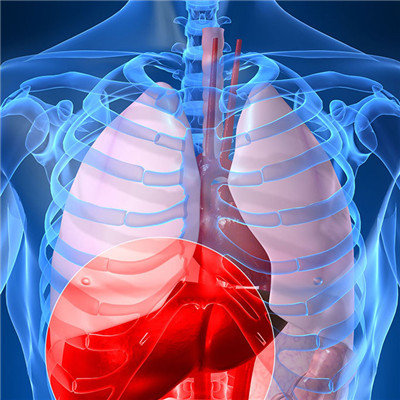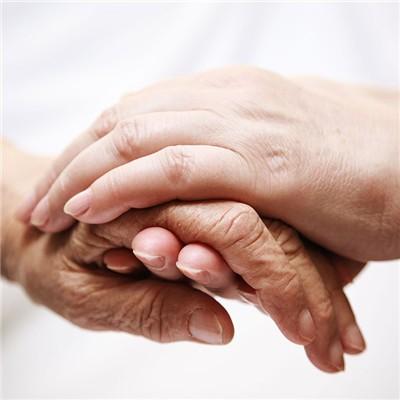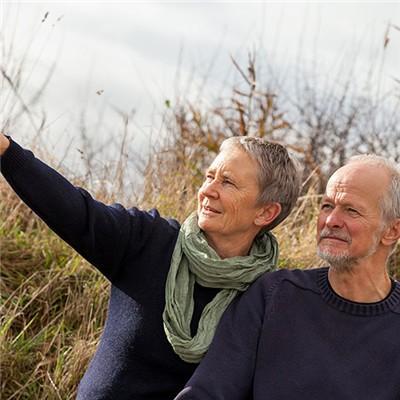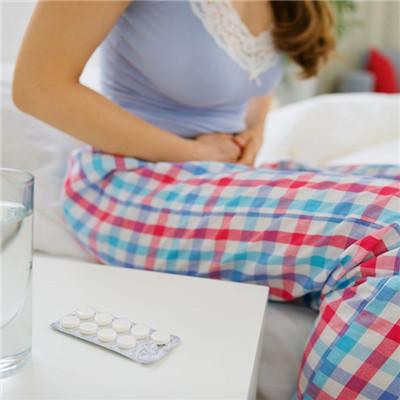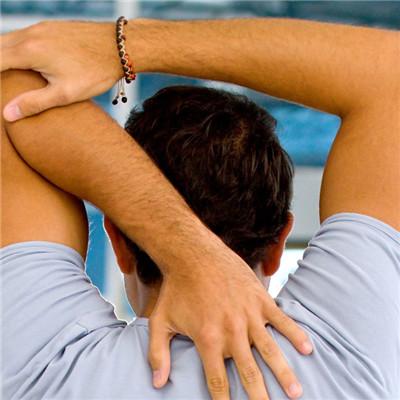Symptoms of avulsion fracture
summary
Avulsion fracture is a sudden and violent contraction of muscle or ligament, resulting in the fracture and avulsion of bone at the attachment of muscle, tendon and ligament. It can be seen in the cases of personal injury, such as being pushed down violently or falling down by oneself, muscular protective severe contraction, resulting in partial avulsion of bone, such as greater trochanter, lesser trochanter, medial and lateral epicondyle of humerus, etc. Avulsion fracture is usually transverse, and the avulsed bone piece moves with the direction of muscle traction.
Symptoms of avulsion fracture
The symptoms of avulsion fracture are similar to those of fracture. The main manifestations are pain and limited joint movement, followed by local swelling and tenderness. Avulsion fracture of tibial intercondylar eminence is a special type of 23 intra-articular fracture, often anterior cruciate ligament or posterior cruciate ligament avulsion fracture in tibial attachment.
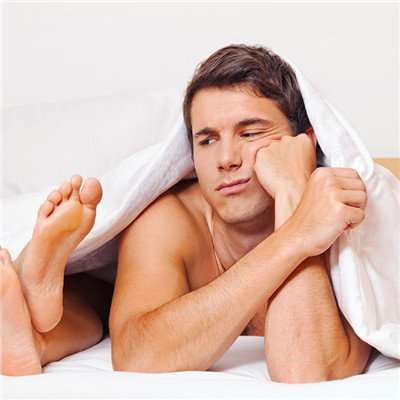
Improper treatment can lead to malunion and instability of knee joint function. The avulsion fracture of tibial intercondylar eminence with displacement is usually treated with traditional open reduction and wire internal fixation. Although open reduction and internal fixation with steel wire can effectively reduce and fix the fracture block, it has some disadvantages, such as long incision, great trauma, extremely painful and long postoperative functional exercise, prone to knee stiffness, narrow intercondylar fossa, inconvenient operation and so on.

When encountering avulsion fracture (the injured part usually has rapid congestion and swelling and strong pain), do not move the injured part (mostly in ankle, knee, elbow and finger joint) at this time, and quickly go to the hospital for examination and treatment in emergency department, surgery department and radiology department.

matters needing attention
During the treatment, there should be medical treatment, instruments or acupuncture, as well as strengthening the nearby muscle groups, especially the small muscle groups. Remember that it is the knee muscle group, not the thigh. Of course, the thigh also needs to be trained, but it is mainly the knee. It is suggested that the squat should not be too deep, 30 to 45 degrees angle, squat time should not be too long, more than 10 minutes, less than 20 minutes; If not, you can squat shallower, but the best time is more than 10 minutes. During the treatment period, it can be combined with traditional Chinese medicine treatment, such as taking some drugs to promote blood circulation and remove blood stasis or doing some self-healing physical therapy exercises.
